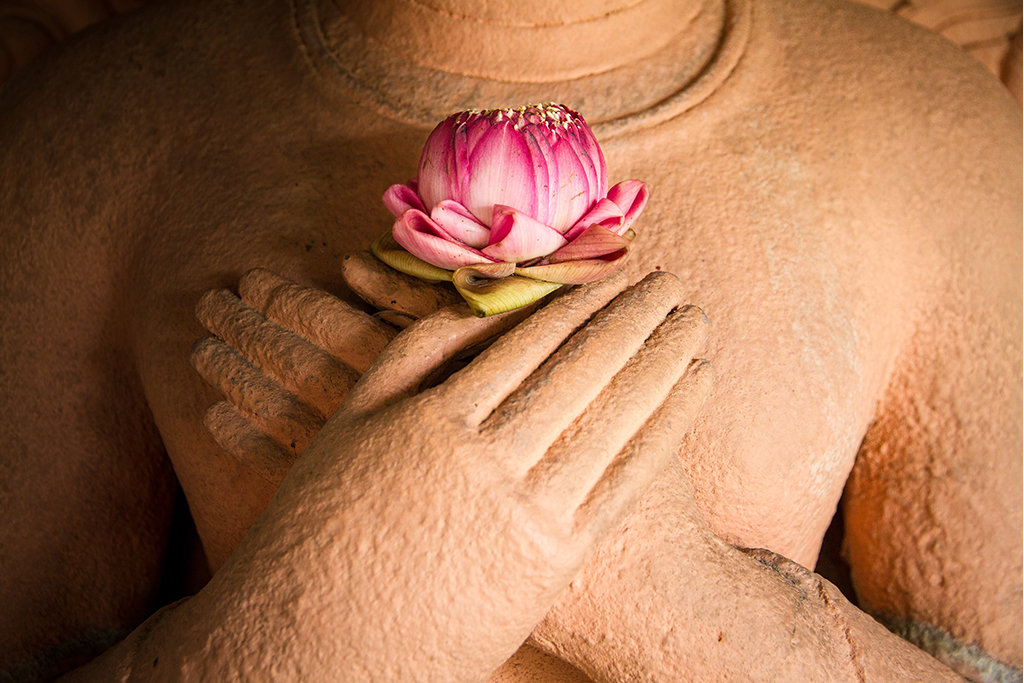
Martin Goodson
Willing Flesh
Exercises in Mindfulness
The body is the tree of enlightenment! By recognising the role the body plays in all aspects of Zen training, the practice can truly blossom.
 ©
© Adobe stock
Hearing with the ear (or reading with the eye),
Pondering in the heart,
Practice with the body.
This Buddhist formula is known as The Triple Wisdom.
This sequence may be a surprise because we Westerners tend to mistrust the body and mistakenly believe in ‘mind over matter’. As the saying goes 'The spirit is willing but the flesh is weak’, and yet through practice, we soon begin to realise that the flesh is very willing, provided the spirit is not weak.
Because we tend to veer from one extreme to the other, we have become body-conscious to the extent that health, diet and body-care have become full-time occupations, along with the accompanying fads and convictions that go along with them. Only slowly is a growing body of evidence appearing that shows how the mind and body interact, and that they are not separate entities.
In Buddhist understanding there is no separation between ‘mind’ and ‘body’; they are equal parts and together make up a sentient being. Actually, because it is more easily accessible and easier to get into shape, the body is considered the great helpmate for practice.
Both the daily life practice and the religious discipline of meditation (Zazen), start with the cultivation of the physical body. It is in fact much easier to get the body into shape than the mental faculties.
Without a collected body it is useless to try and collect the heart, though we may try. We may even take it a step further. Perhaps we have read or heard a Buddhist saying that really hits home, so we try to remember it, reflect on it and chew it over. Unless however, this is followed by corresponding practice with the body, it instead becomes nothing more than a highly charged ‘thought-body’; a conviction or opinion that does not stand up to the test.
Take touch-typing: I can read the instructions, perhaps memorise which finger types which letter and even imagine myself typing away at the keyboard — but having had no real experience at doing the action, when I actually sit down to perform it, I fail miserably. Instead I much prefer to talk volubly about touch-typing and how it is done, rather than actually sitting down and doing some typing.
Please check up on these little things that we are so convinced we can do, if only we put our minds to them. Things such as keeping quiet when annoyed. Not responding to social media posts in a hot and impulsive moment. Spending five minutes giving myself wholeheartedly into what is being done. In Zazen, giving myself into the counting of the breath until ten without any thoughts arising or for a quarter of an hour, sitting in a comfortable armchair whilst keeping still. Is it and does it remain still inside the heart too?
Find out how the distractions arise, where do they come from, seeing them do we need to be carried away by them or can we see them without being swept away?
So, experiment, please — and then, how did it go?




